“I know you, I walked with you once upon a dream…”
And so goes the hauntingly beautiful new rendition of the love song originally penned for Walt Disney’s Sleeping Beauty (1959). Fifty-five years later, Maleficent arrives in theaters to take us back to that story to discover the tale behind the fairy, and to offer a fresh look at one of Disney’s most iconic villains.
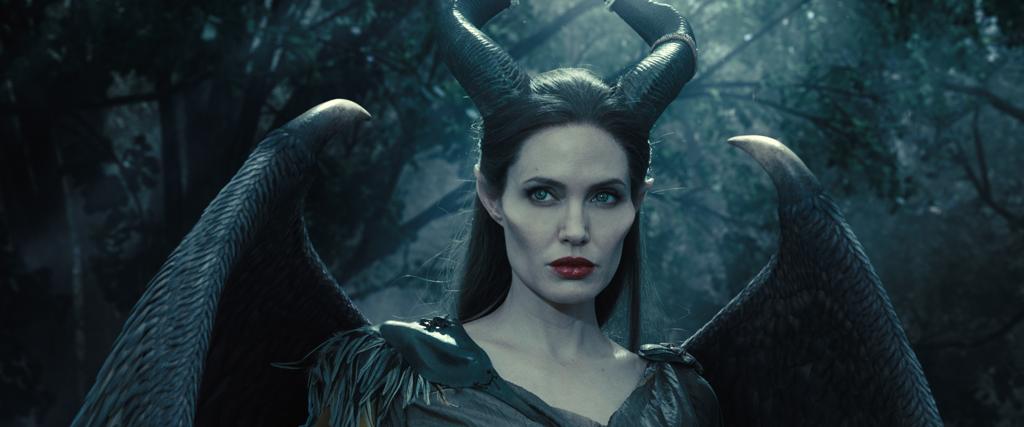
image source: disney.wikia.com
Our movie opens long before the events of the original, with two kingdoms at war: a kingdom of men and a realm of magical creatures. The men are ruled by an old king who wishes to conquer, while the magical creatures are ruled by no one, living freely together in a huge moor behind a forest. One of the creatures in this kingdom is a fairy, larger and stronger and more powerful than the others, a young girl with enormous wings named Maleficent. She meets a young boy named Stefan in the forest one day and they become friends, growing together over the years until the temptations of the human world draw the young man away. Over time, Maleficent grows more powerful, protecting the moors along with the other creatures who live there from the king, who has sworn to eliminate them. Stefan meanwhile has found work in the castle, as the king’s valet. During one battle, the king receives a mortal wound, and vows to give his throne to whomever avenges him, setting in motion a betrayal that will steer the course of the rest of the film.

image source: disney.wikia.com
Stefan’s ambition overtakes his childhood love, and sets out into the forest looking for Maleficent. She is hurt but forgives him, trusting in her friend. What follows is a scene wherein he drugs her and uses the knowledge she has given him of fairies to tear away her wings (her literal and symbolic power and independence) to take to the king to win the throne. Maleficent’s agony when she awakens, with the loss of such a huge part of herself and realizing the betrayal, it is heartbreaking. The imagery in this scene is particularly powerful, with the drug in her drink and the subsequent stripping of her wings leaving her to darkness and a deep pain that she must carry inside herself. That the young man who did this to her should go on to rule a kingdom because of it is more than enough to drive her to seek revenge, taking away his daughter as he took away the innocence she once had as well.
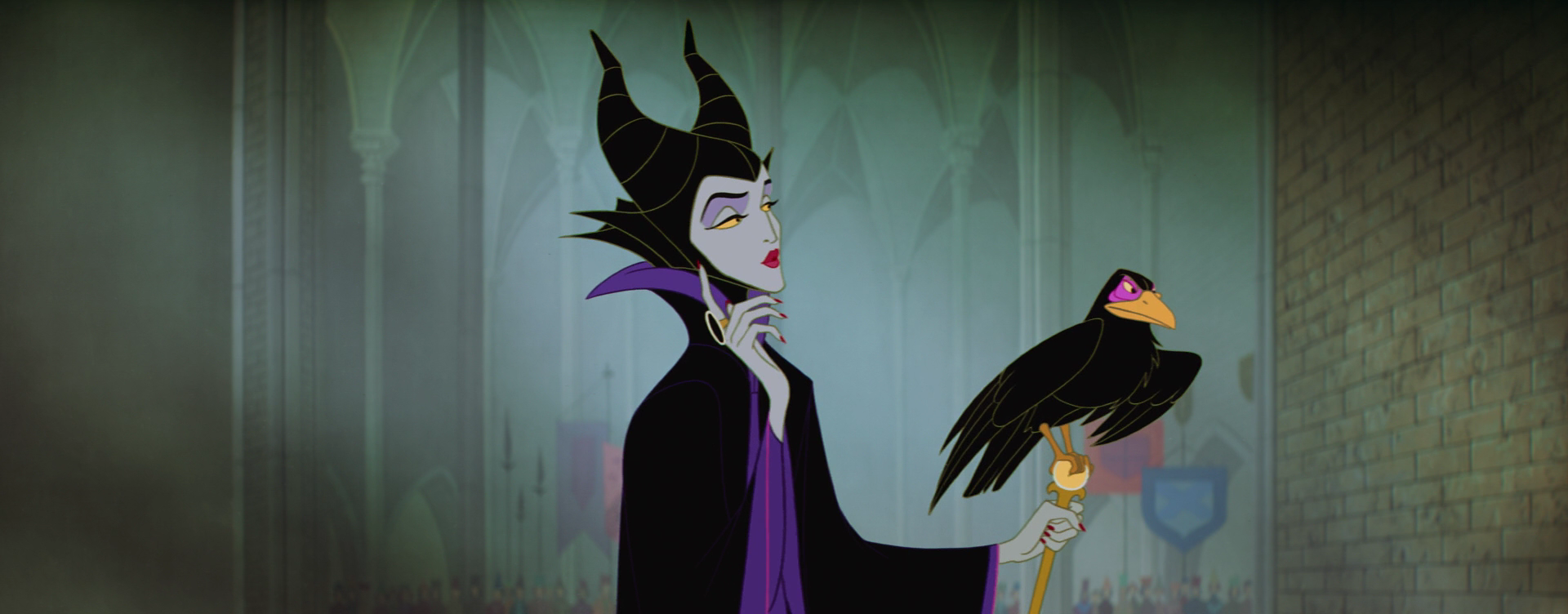
image source: disney.wikia.com
One of the things I especially enjoyed about this film is the way it captures the original so well, filling in the details “left out” of the cartoon, such as why Maleficent doesn’t have wings, and why she always has the bird with her. In particular, I like the way the iconic images of the christening curse and the dragon battle are portrayed so that the scenes from the original are playing out in this story as well.
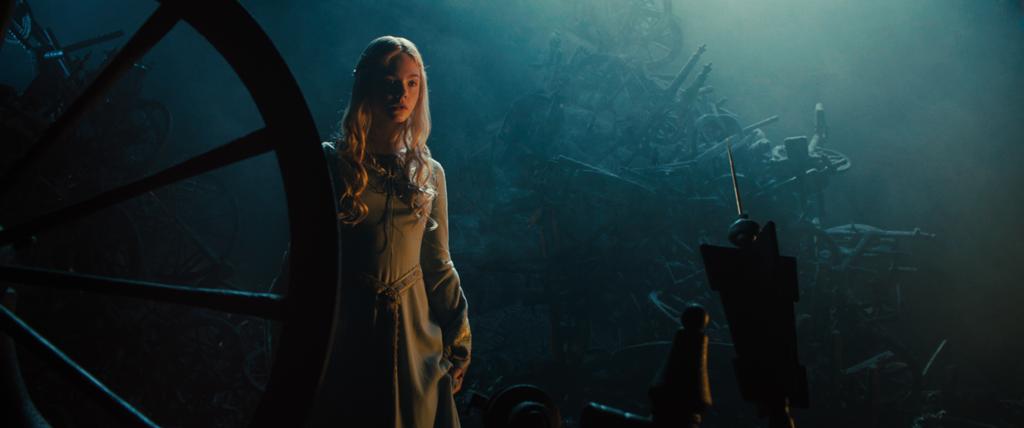
image source: disney.wikia.com
It is also interesting to watch the way the curse plays out for Aurora, who has every right to be angry about the entire situation. I wondered why no one simply told her to avoid spinning wheels, but as the curse takes hold of her, she is almost compelled to complete it, finding the pile of burned and broken machines the king has kept in the dungeon.
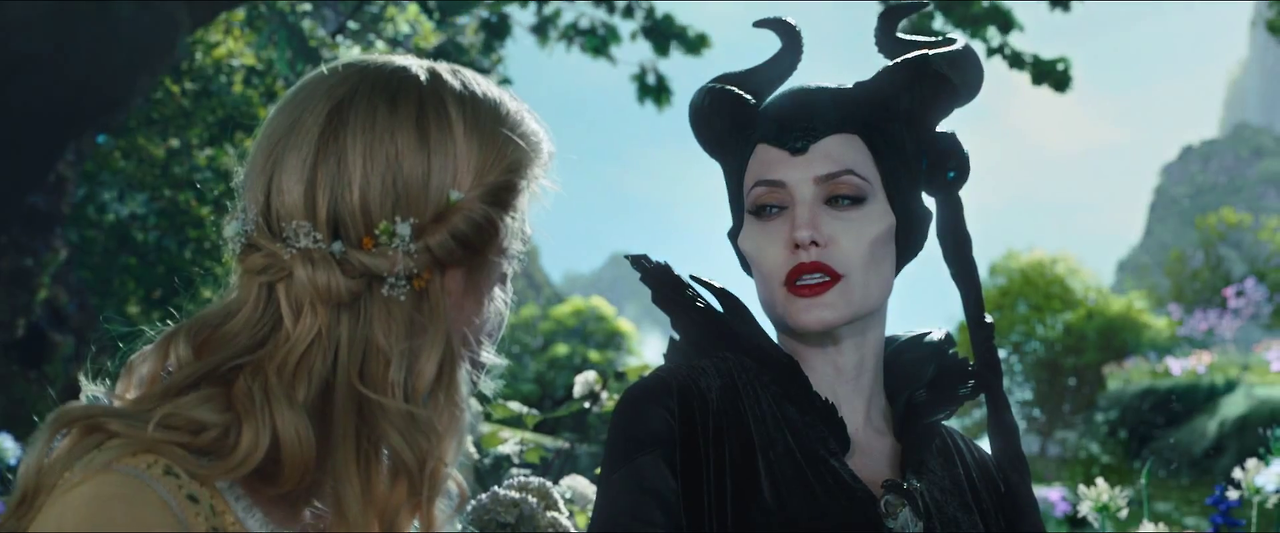
image source: disney.wikia.com
But as wonderful as the visuals are and as fascinating as the recreated scenes might be, the real story is of two women who are caught in the midst of a world where men are trying to control them; Maleficent is a threat so Stefan uses her trust against her to physically remove a vital part of her being, while he sends his infant daughter to be a captive in the woods in the name of “protection.” The two women build an unlikely friendship (to Maleficent’s consternation) that is forged through shared growth in spite of what Stefan does to try and subjugate or contain them. This relationship is the core of the story, and is ultimately what will save both kingdoms.
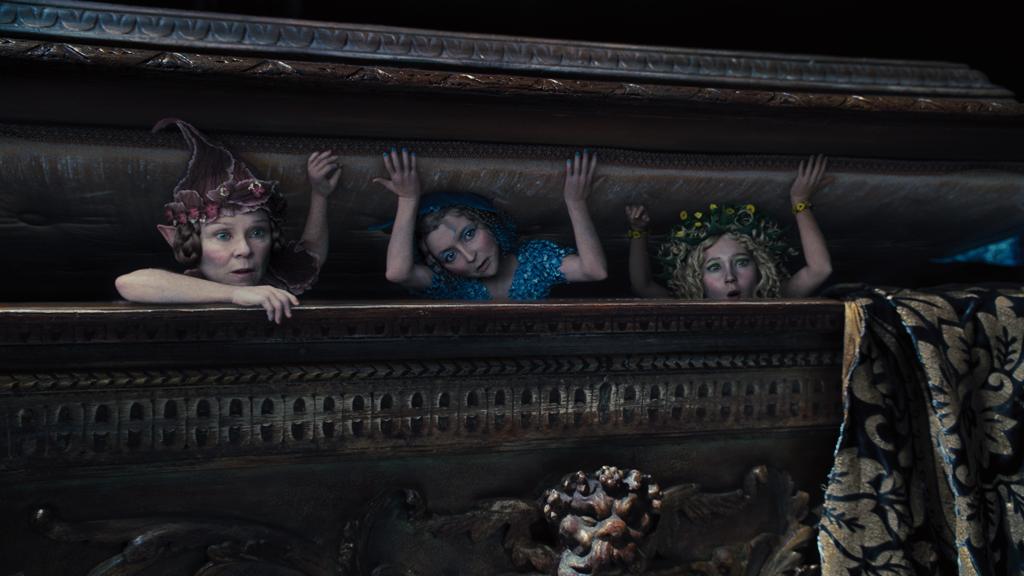
image source: disney.wikia.com
My only real nitpick with this movie is that I don’t much like the way it portrays the three good fairies who raise Aurora. They are clearly intended to be comic relief, and have good hearts, but are essentially the butt of the jokes, strangely absent for huge parts of the story (if they are protecting her, why don’t they know Aurora is missing for hours at a time?) and essentially scapegoated by everyone around them. I’m not sure I see the point, except that they were in the original cartoon and therefore must be in this one.
I have a feeling the biggest complaint about this movie from others will be that it ends too perfectly, that it loses its darkness for the sake of a happy ending, but that didn’t bother me in particular. For one thing, this is still a children’s movie. For another, it allows for the women in this movie to triumph, and to rise above the selfishness and manipulation of the men around them. After all, this is a modern retelling of a classic Disney fairy tale, so the happy ending should be expected. I enjoyed it thoroughly and I hope you will, too.

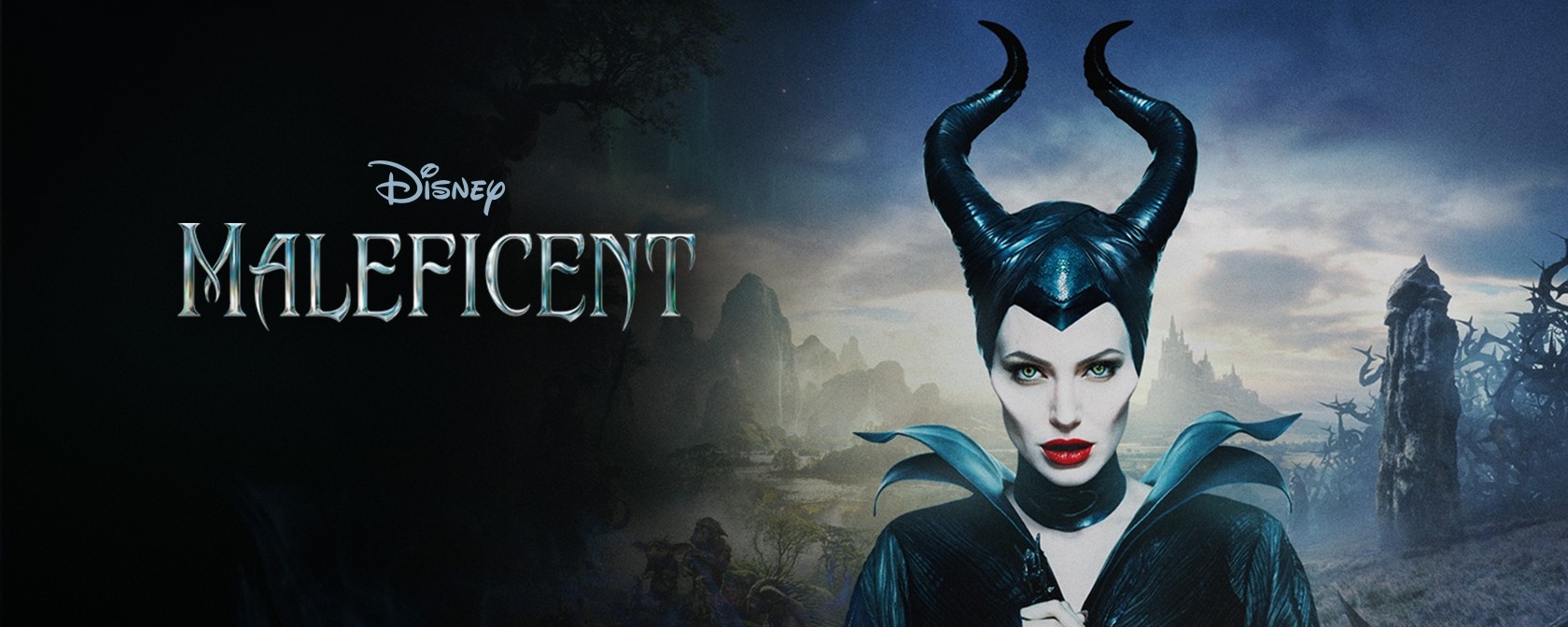
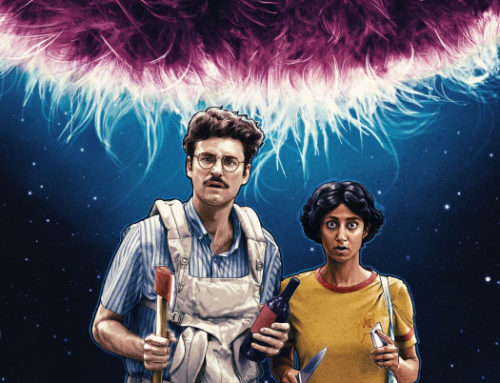
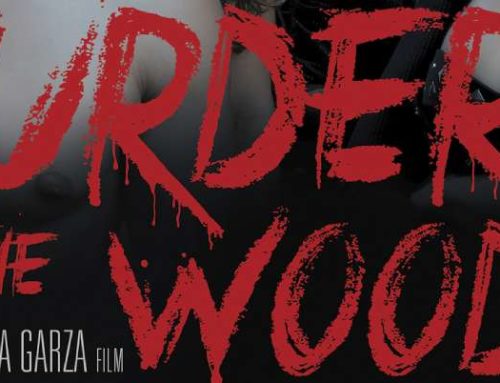
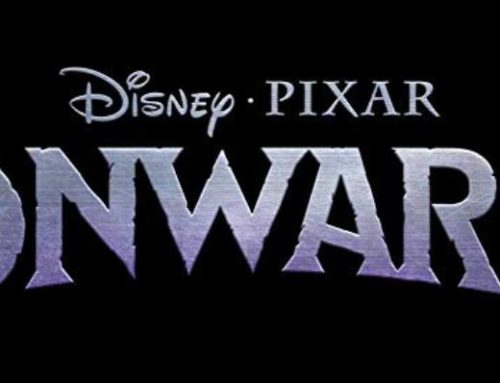
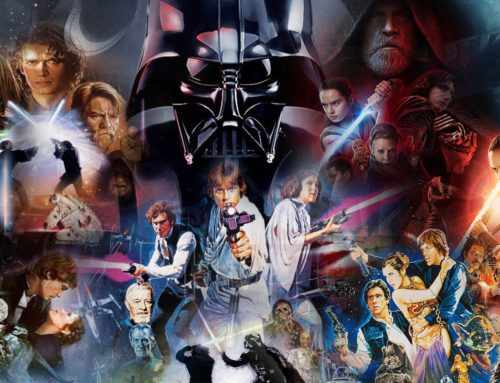
This review is literally (seriously, nearly word for word) why I loved the movie. Though, one other drawback for me was the RUSHED feeling. But I understand as kids and their parents are a hearty percentage of the intended audience!